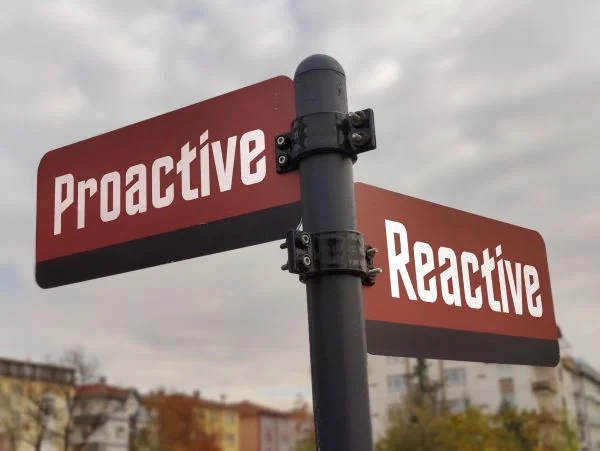In my last blog I discussed the role of metrics and how to complement lagging with leading indicators and quantitative with qualitative measures. I also established that at the functional/departmental level the most important metrics are process metrics. Processes are about ‘how work gets done’ and how service gets delivered to customers.
The truth is that many organizations still appear to be struggling when it comes to business process thinking, despite widely accepted process standards like ITIL®…
Finding the right level of detail seems to be one of the common struggles. We often find one of two situations in process definition: lack of detail or way too much detail.
In the first scenario, service processes are defined, but at a level that’s too high and too generic to provide any real guidance for the person performing the task. I have seen this many times in Incident and Problem Management processes where the flow goes something like this:
Log the issue > Determine severity > Route the problem to the right resource > Conduct analysis > Provide solution > Close case
These steps are of course describing the essential process, but are so obvious for anyone who is working in this function that they don’t add any value. Questions that remain, for example, are:
- How do we determine severity?
- How do we determine who is the best resource?
- What documentation standards do we use?
- What methodology do we use for analysis?
- What is the information standard for handovers and escalations?
On the other side of the extreme, you have the 25 manual process description, i.e. the process is described to a level that is indigestible for anyone. The result is that everybody ends up performing the task in their own way, which doesn’t help with the quality or the consistency of the service experience.
We recommend focusing on 3 dimensions of process excellence which are design, execution and management.
Process design is about making sure the process is defined at the right level of detail and actually delivers what it is supposed to deliver, i.e. tying the design to clearly articulated outputs/business benefits.
Process execution is about aligning capabilities and responsibilities with the design to get the job done. This requires clearly defining process (and sub-process) ownership and having the right capabilities in the right places.
And finally, process management, which is about the ongoing management and improvement of our process portfolio. This involves identifying and managing interdependencies between processes (like Incident, Problem, Change and Release Management, for example) as well as managing overall process performance.
Service Processes are the backbone of your organization. As I said earlier: it’s ‘how work gets done’ and service gets delivered to your customers. If your service processes break down, your business breaks down. So you better pay attention to them…
Christoph Goldenstern is a Global Vice President and Principal with Kepner-Tregoe. He has more than 15 years of strategic and operational consulting and management experience with focus on Technology and other B2B industries.


